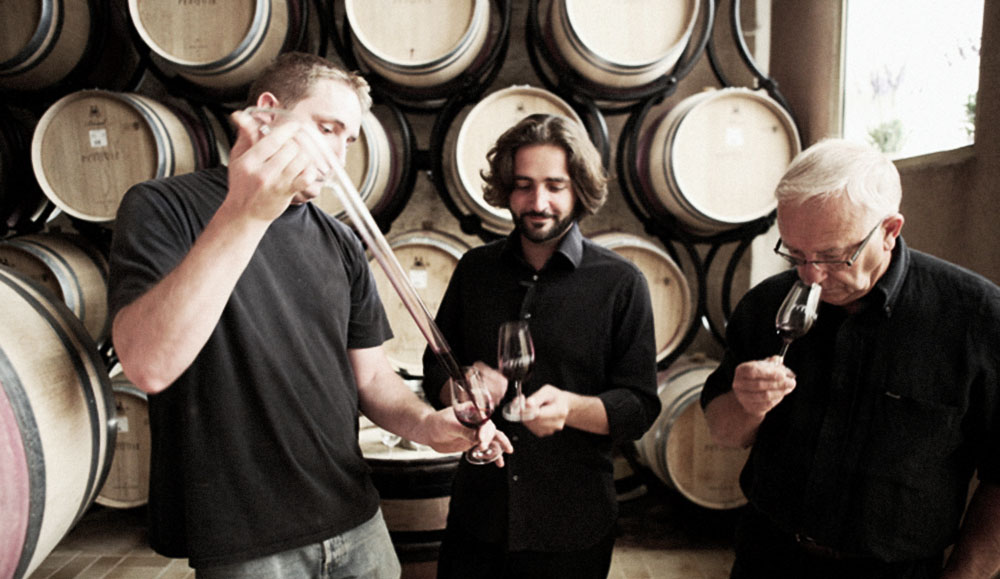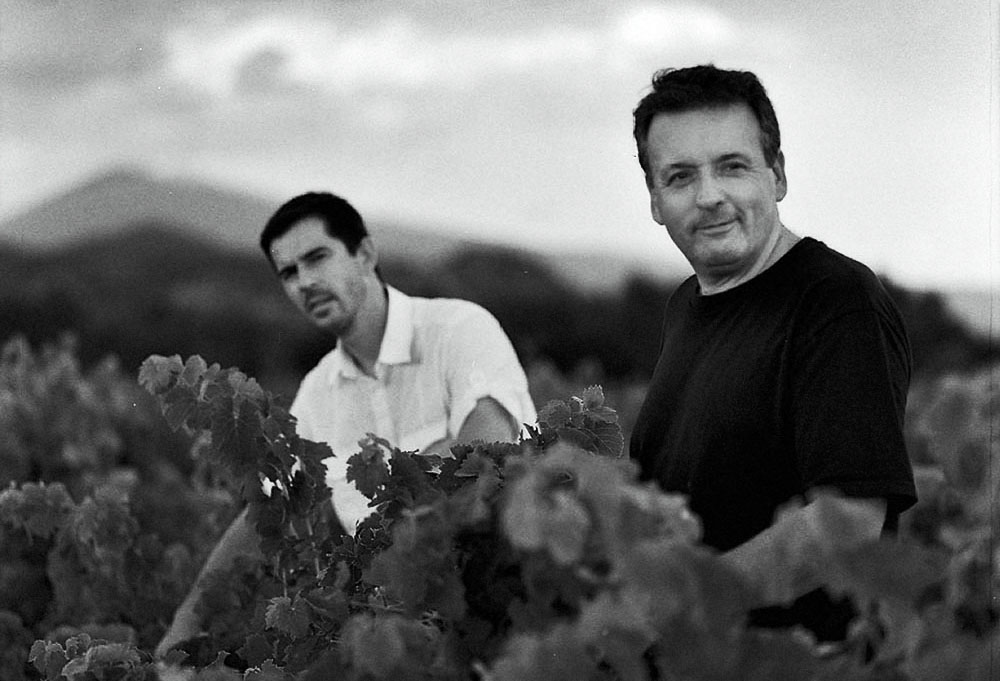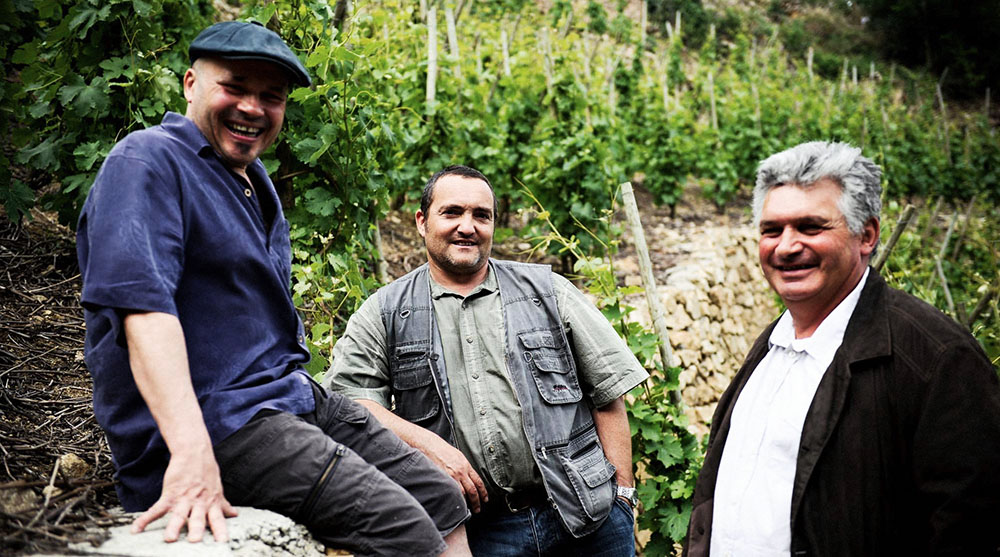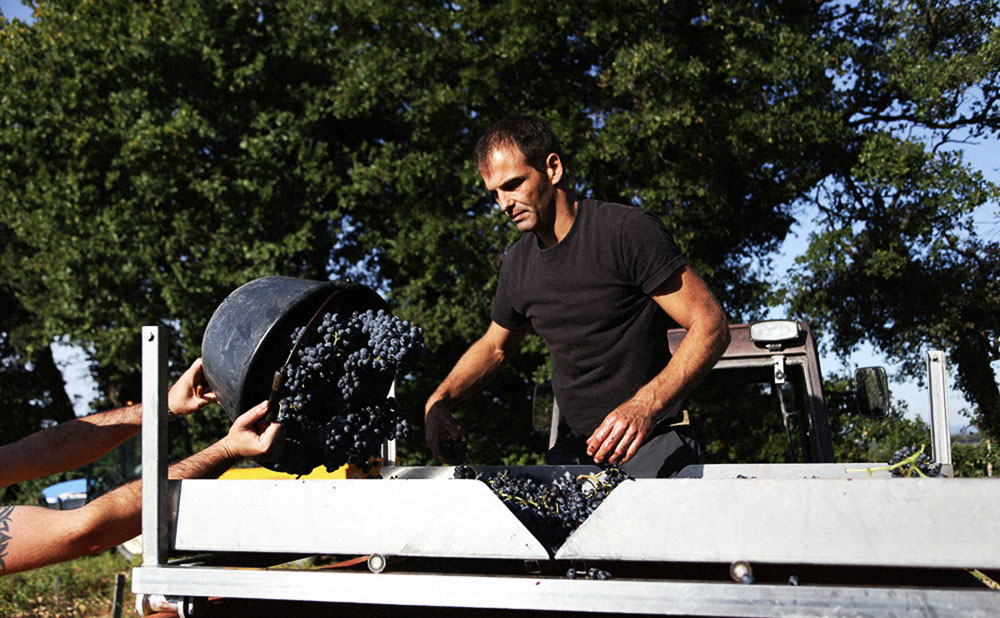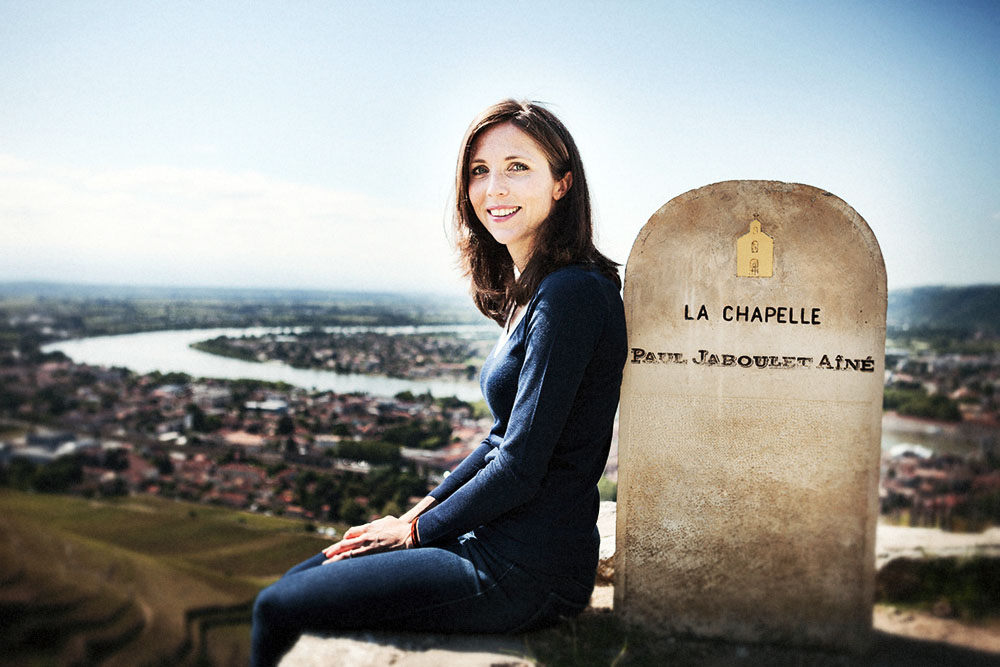Red
92 Domaine Durand Cornas Empreintes 2012 ($46.95)
This 100% Syrah offers depth and complexity. Smoke, cassis, rosemary, cured meat, iron, violets and liquorice are all present on the nose. The same is found on the palate as well as a cocoa/pepper element which carries the finale. Medium body. Drink now until 2022.
91 Château Pesquié Ventoux Les Terrasses 2014 ($17.95)
Pesquié, the undeniable star of the Ventoux, continues to churn out impressive wines at all price points. The 2014 Les Terrasses possesses a black/purple colour and doles out violets, crème de cassis, kirsch, oregano, anise, olive and graphite. Full bodied and concentrated, the plummy tannins will ensure a decade of aging. For the price, make sure to pick up a few bottles for the cellar.
91 Cave de Tain Cornas Arènes Sauvages 2010 ($51)
Quality is the mantra for this co-op, which is one of France’s finest. The 2010 Arènes exudes a perfume of plum, cassis, chocolate-covered coffee bean, cinnamon and violets. Elegant and long, the firm tannins will ensure a decade of life ahead.
91 Domaine Courbis Cornas Les Eygats 2013 ($60)
Linear, ripe and flavourful, pepper, plum, blackberry, cherry, earth and anise are all present in this full-bodied Syrah. Fresh acid and solid tannins will ensure great cellaring potential.
90 Arnoux et Fils Vacqueyras Seigneur de Lauris 1717 2011 ($25)
Made from over 50-year-old vines, this 15%, fruit driven, polished wine was aged in new wood. Full bodied, it reveals plum, spice, vanilla, cherry, cocoa perfume flatters. Elegant, the palate is ripe with excellent length. Drink until 2022.
90 Domaine Durand Saint-Joseph Les Coteaux 2012 ($35.50)
A great expression of Syrah. The cassis, plum, spice, vanilla, hickory and rosemary on the nose replay on the palate. Great length and suave tannins round everything out. Drink now or hold until 2020.
89 Marrenon Orca Ventoux Vielles Vignes 2014 (N/A)
This 90% Grenache and 10% Syrah combines power and grace. Cassis, plum, kirsch, garrigue and anise are all in play. Full bodied, concentrated and excellent length. Drink until 2020.
89 Les Vins de Vienne Saint-Joseph L’Arzelle 2012 ($37.50)
A delicate St-Jo with cassis, raspberry, tobacco, herbs and cocoa on the nose. Medium bodied with a long pepper-dowsed finale.
88 Domaine de Fondrèche Ventoux 2014 ($18.75)
A blend of 50% Grenache, 30% Syrah and 20% Mourvèdre will appeal to those who like funky wines. It displays leathery/animal qualities which meet up with cassis, cherry, toast and tobacco. Not for everyone but a solid bottle of juice for the old barbecue.
88 Domaine des Amouriers Vacqueyras Signature 2012 ($24.95)
Cherry, plum, vanilla, rose, spice, truffle and coffee are all built on an ample frame with powerful tannins. Very good length and in need of some braised lamb or medium-rare steak to round everything out.
88 Cave de Tain Saint-Joseph Esprit de Granit 2013 ($34.50)
Mid-weight, cassis, cherry, violets, cracked pepper, anise and graphite on the nose meet up with raspberry and vanilla on the palate. Very good length, fresh acid and supple tannins round out the experience.
87 Vidal-Fleury Vacqueyras 2013 ($24.95)
This gulp-able and appealing red is ready to drink, and offers up plum, cherry, spice, herbs and earth. Very good length with a peppery aftertaste. Pair with grilled fennel sausage.

